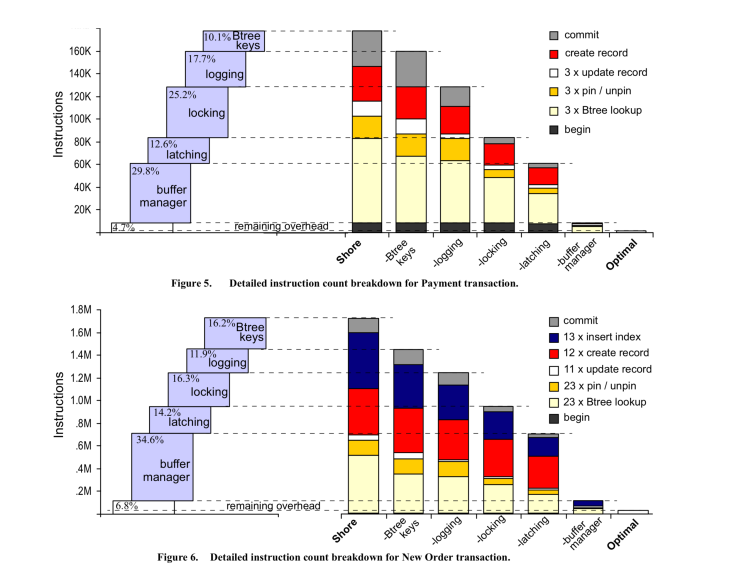In April, I got up around 9:41AM everyday, and concentrated for 104 hours and 21 minutes in total – that is on average 3 hours and 21 minutes each day and 59 minutes shorter than last month. My most efficient time slots were 11AM and 5PM.
Online course wise, I finished CMU 15/445 and lesson 1 – 5 of CMU 15-721.
I read the following papers and articles:
- Y. Wu, et al., An Empirical Evaluation of In-Memory Multi-Version Concurrency Control, in VLDB, 2017
- D.R.K. Ports, et al., Serializable Snapshot Isolation in PostgreSQL, in VLDB, 2012
- Y. Huang, et al., Opportunities for Optimism in Contended Main-Memory Multicore Transactions, in VLDB, 2020
- T. Neumann, et al., Fast Serializable Multi-Version Concurrency Control for Main-Memory Database Systems, in SIGMOD, 2015
- H. Lim, et al., Cicada: Dependably Fast Multi-Core In-Memory Transactions, in SIGMOD, 2017
- P.-A. Larson, et al., High-Performance Concurrency Control Mechanisms for Main-Memory Databases, in VLDB, 2011
- J. Böttcher, et al., Scalable Garbage Collection for In-Memory MVCC Systems, in VLDB, 2019
- J. Lee, et al., Hybrid Garbage Collection for Multi-Version Concurrency Control in SAP HANA, in SIGMOD, 2016
- Z. Wang, et al., Building A Bw-Tree Takes More Than Just Buzz Words, in SIGMOD, 2018
- S.K. Cha, et al., Cache-Conscious Concurrency Control of Main-Memory Indexes on Shared-Memory Multiprocessor Systems, in VLDB, 2001
- G. Graefe, A Survey of B-Tree Locking Techniques, in TODS, 2010
- J. Levandoski, et al., The Bw-Tree: A B-tree for New Hardware, in ICDE, 2013
- J. Faleiro, et al., Latch-free Synchronization in Database Systems: Silver Bullet or Fool’s Gold?, in CIDR, 2017
- T. Kissinger, et al., KISS-Tree: smart latch-free in-memory indexing on modern architectures, in DaMoN, 2012
- V. Leis, et al., The Adaptive Radix Tree: ARTful Indexing for Main-Memory Databases, in ICDE, 2013


